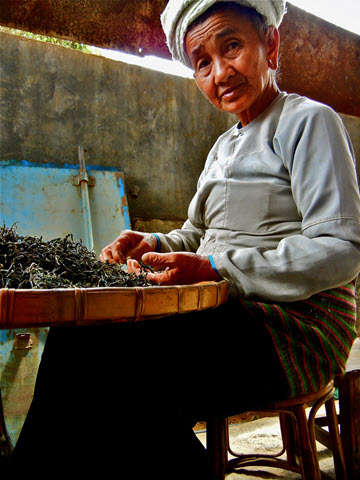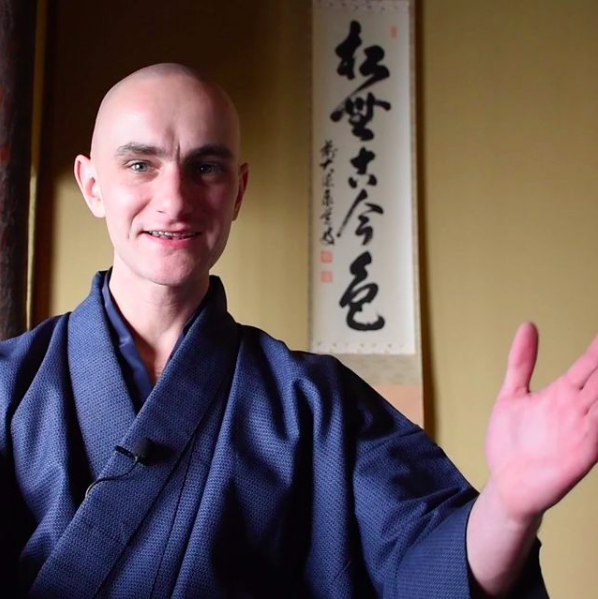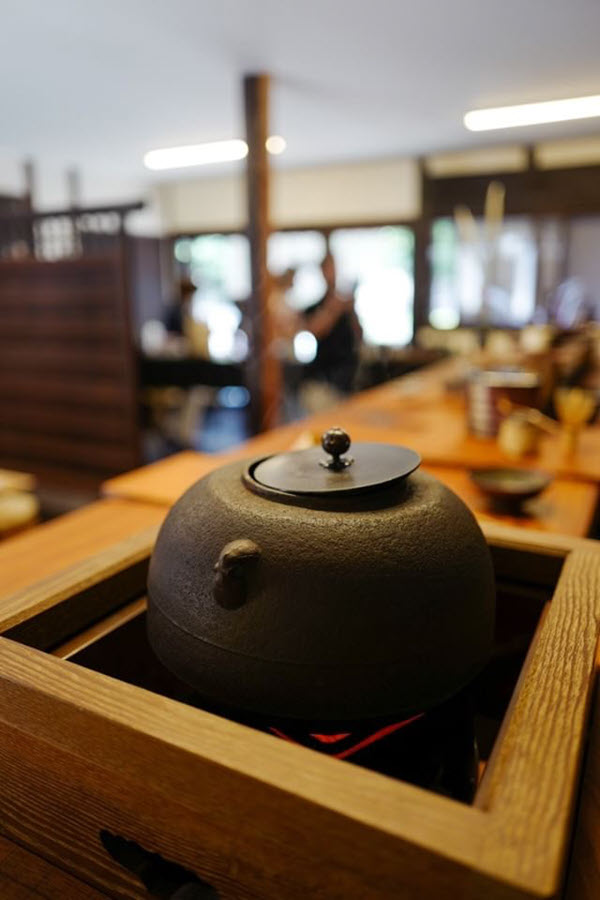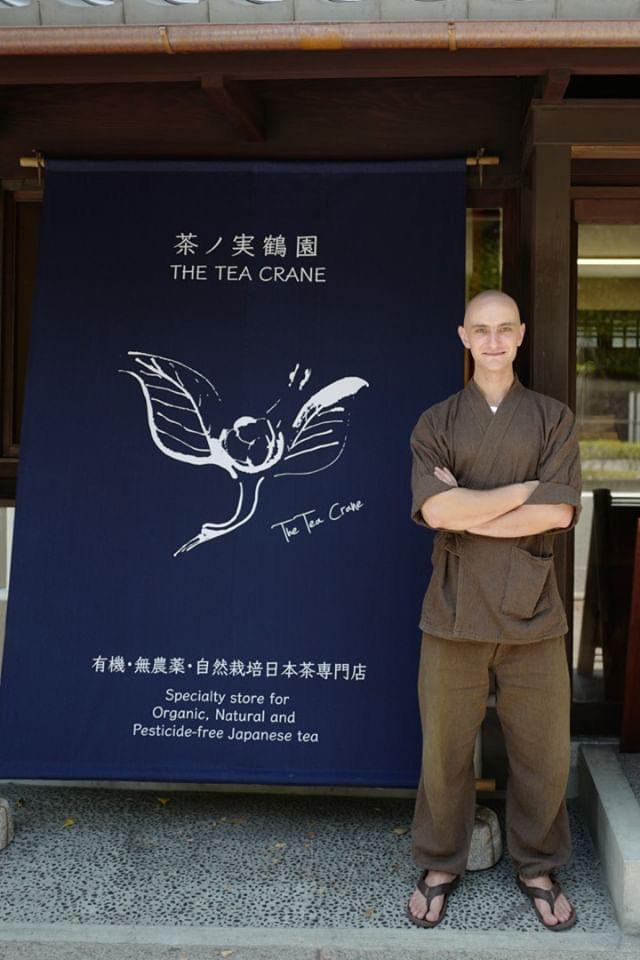United Nations Food and Agriculture Organization (FAO)
The FAO Globally Important Agricultural Heritage Systems (GIAHS) programme has designated almost 60 sites as dynamic spaces where culture, biodiversity and sustainable agricultural techniques coexist, proving to be vital to achieve food security and generate livelihoods.
China, Korea and Japan have four tea cultivation sites designated as Globally Important Agricultural Heritage Systems by FAO. These sites that represent evolving systems of human communities in an intricate relationship with their territory, cultural and agricultural landscape.
2021 Program
Re-emphasizing the call from the Intergovernmental Group on Tea to direct greater efforts towards expanding demand, particularly in tea-producing countries, where per capita consumption is relatively low, and supporting efforts to address the declining consumption in traditional importing countries, the General Assembly decided to designate 21 May as International Tea Day.
2021 Program
Virtual event on tea sustainability via Zoom on Friday, May 21 from 12:30-13:30 pm CEST EU followed by a panel discussion from 14:00-15:15 pm
Webinar Registration Link
https://fao.zoom.us/webinar/register/WN_EEZOOi64R6SAJAE565BFGQ
Join the conversation | #InternationalTeaDay #TeaDay
2020 Program
The first observance of the International Tea Day was celebrated in a virtual event that will brought together the world’s top tea exporting and importing countries as well as major producing countries where tea cultivation is an important source of revenues. Watch here the recording of the celebration.
- Harnessing benefits for all from field to cup — 21 May 2020 at 14:00 hours (Rome time). Watch the webcast. The first International Tea Day was celebrated virtually and was opened by FAO Director-General, QU Dongyu.
- Tea for Sustainable Development — 21 May 2020 at 10:00 hours (ETD). Watch the webcast. An interactive dialogue with Permanent Representatives from major tea-consuming and producing countries, co-organised by FAO and the Mission of China.
Related: Tea Outlook to 2027

SofaSummit
On May 21st, viewers around the world will tune in to 11 hours of talks with tea professionals from the tea lands. The free event, which is streamed on YouTube, is the creation of Shabnam Weber, president of the Tea and Herbal Association of Canada. Click to register.
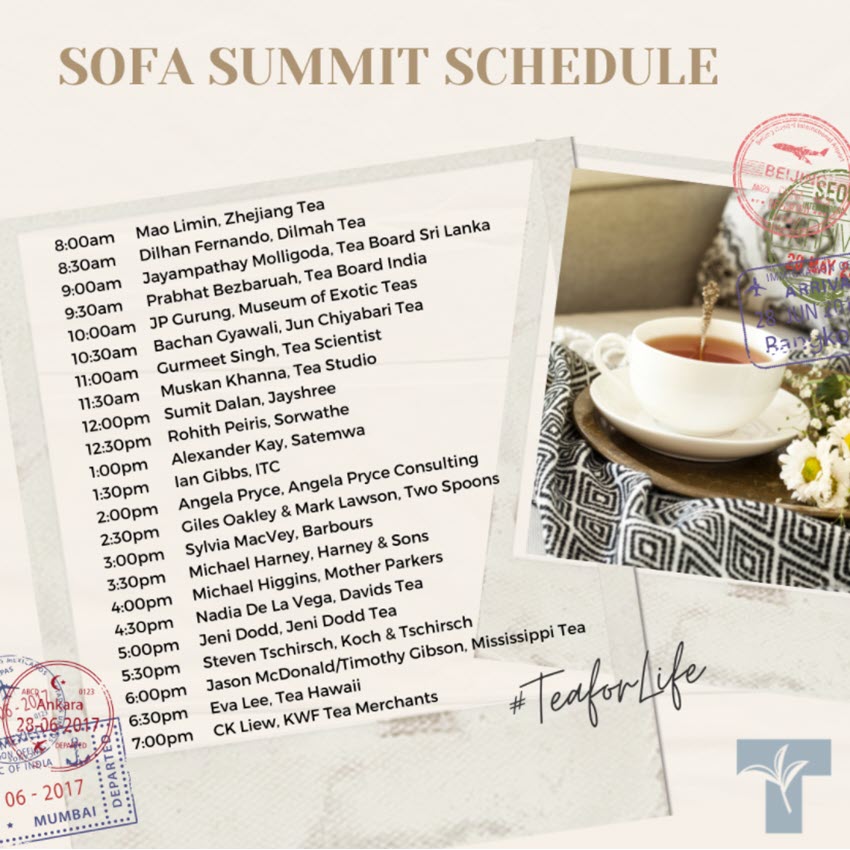
UK Tea and Infusions Association
The UK Tea and Infusions Association is marking International Tea Day – with a series of podcasts called “Around the world in 80 teas – the first few stops” in which Dr. Sharon Hall, Chief Executive of the UK Tea and Infusions Association, and her co-host, Will Battle, author of the World Tea Encyclopaedia, discuss some very different teas from around the world that are all produced from Camellia Sinensis tea bushes.
“Our aim is to celebrate the wonderful beverages that can be made from the Camellia Sinensis plant. We will be publishing the podcasts in the run up to International Tea Day, on 21st May, said Hall.
“One of the great joys of tea is being able access a wealth of variety from around the world at very accessible prices. It has been great to celebrate this diversity by shining the spotlight on a few favourites” writes Battle.
Teas Featured in Virtual Tours
- China- Long Jing – the Imperial tea
- India -First Flush Darjeeling – the Himalayan tea
- Kenya – Small holder tea – the Volcanic tea
- Malawi – black tea – the Red tea
- Russia – Caravan – the Smoky tea
- Sri Lanka – High grown – the Extreme tea
- Japan – Gyokuro & Matcha – the Shaded teas
- China – Oolong- Tieguanyin and Big Red Robe– the Floral teas
- India – Assam second flush – the Strong tea
- UK – English Breakfast Tea – the Wake-up tea
Ceylon Artisanal Tea Association
The Sri Lanka Tea Board and the Colombo Tea Traders Association are showcasing that country’s artisanal tea makers during an International Tea Day webinar at 5:30 pm in Colombo (8 am EST US | 2 pm CEST EU | 8 pm Japan).
Participants include
- Anil Cooke, chairman of the Ceylon Tea Roadmap 2030.
- Imran Akbarally, director Akbar Brothers Ltd.
- Senaka Alawettegama, CEO Talawakelle Tea Estates
- Udena Wickremesooriya, CEO Kaley Tea
- Special Guest: Mike Harney, Harney & Sons
Attendance is free. Registration not required. To attend simply click this Zoom link: https://us02web.zoom.us/j/89535798612

Argentina’s Jornada Dia Internacional del Té
BUENOS AIRES
The State of Misiones, in cooperation with the government of Argentina and local tea firms, will host a virtual tea conference on Friday, May 21 from 8:30 am until 2 pm (UTC-03:00). The meeting is hosted here (webex). Attendance is free.
The half-day working conference is divided into two blocks, the first addresses tea in the domestic market with sessions on sustainable production, technology and local markets. The second block is a discussion of tea exports and trends in international markets.
Speakers include Octavio Ingaramo, director of INTA (National Institute of Agricultural Technology); Carolina Okulovich, owner of The Tea Route, a tea retailer and producer. Okulovich is the daughter of the largest tea producer in Argentina and president of the Center for Tea Makers.
Patricia Parra worked for the national Agricultural Ministry specializing in tea production. Luciana Imbrogno is Secretary to the Agricultural Minister. Helmuth Kunmritz is an engineer and independent tea producer. Lic. Emiliano Lysiak works at INTA Misiones, the state institute conducting tea research in Misiones. Edson Teramoto is an agricultural certification coordinator.
Horacio Bustos is founder of Gyokuro Circulo Argentino del Té and John Smagula, Assistant Dean, Graduate & International Programs; Associate Professor, China Rule-of-Law Program at Temple University. Dan Bolton is publisher of Tea Journey Magazine and host of the weekly Tea Biz podcast.
Program
- 8.45 hs. | Articulacion Institucional
- 9.30 hs. | Nuevos Mercados y Exportaciones
- 10.10 hs. | Produccion Sostenible del Te
- 11.20 hs. | Tendencias
- 12.30 hs. | Conclusiones y cierre
Join by video: http://bit.ly/jornadavirtualte
[email protected] or dial 173.243.2.68 and enter meeting number 173 789 6796 (attendance is free)

Share this post with your colleagues
Signup to receive Tea Biz weekly in your inbox.












